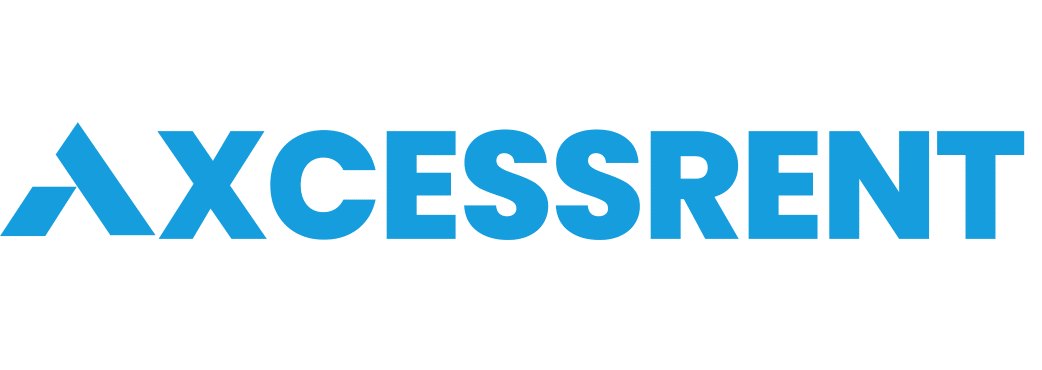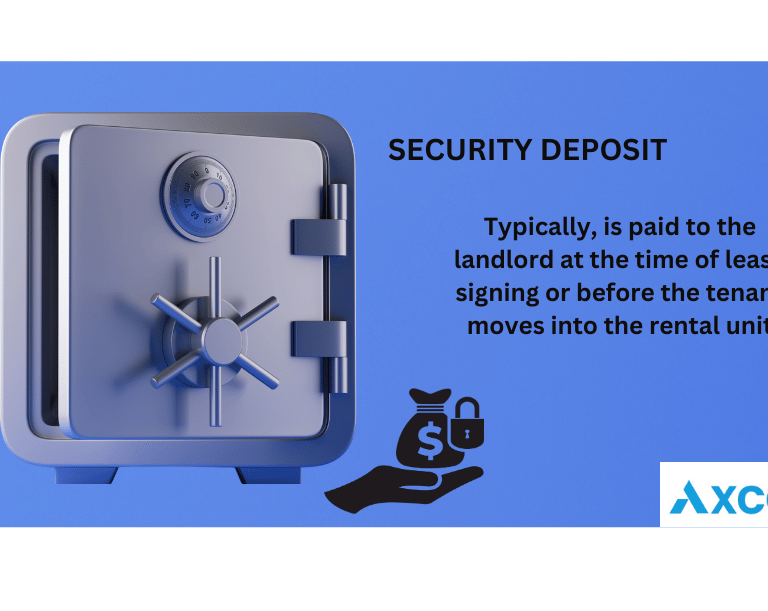Refinancing: A Comprehensive Guide
Introduction to Refinancing
Refinancing is the process of obtaining a new loan to pay off an existing one. This financial strategy can offer several benefits, particularly when interest rates decline or your financial situation improves. Common types of loans that can be refinanced include mortgages, auto loans, and personal loans.
How Refinancing Works
The refinancing process typically involves the following steps:
- Evaluate Your Financial Situation: Assess your current loan terms, interest rate, and remaining balance.
- Shop for a New Lender: Compare offers from different lenders to find the best rates and terms.
- Apply for Refinancing: Submit a loan application, including financial documents like proof of income and credit reports.
- Underwriting and Approval: The lender will review your application and assess your creditworthiness.
- Closing the Loan: Once approved, you’ll sign the necessary paperwork and pay closing costs.
Key Terms to Understand:
- APR (Annual Percentage Rate): The total cost of borrowing, including interest and fees.
- Loan Term: The length of time you have to repay the loan.
- Closing Costs: Fees associated with finalizing the loan, such as appraisal fees, title insurance, and attorney fees.
Benefits and Drawbacks of Refinancing
Advantages:
- Lower Interest Rates: Reduced monthly payments.
- Reduced Monthly Payments: More disposable income.
Disadvantages:
- Fees: Closing costs can eat into savings.
- Extended Loan Terms: Paying interest over a longer period.
- Higher Interest Paid Over Time: If interest rates rise, you may pay more in the long run.
Balancing Short-Term Savings with Long-Term Financial Impact: It’s essential to weigh the immediate benefits of refinancing against potential long-term costs. Consider factors like your financial goals, risk tolerance, and market interest rate trends.
Mortgage Refinancing: Types and Options
Rate-and-Term Refinance:
- Lowering your interest rate or shortening your loan term.
Cash-Out Refinance:
- Borrowing against your home’s equity to access funds for home improvements, debt consolidation, or other expenses.
Fixed-Rate vs. Adjustable-Rate Mortgage Refinancing:
- Fixed-Rate: Consistent monthly payments over the life of the loan.
- Adjustable-Rate: Initial low-interest rate that can fluctuate over time.
Streamline Refinancing Options:
- Simplified refinancing process for specific loan types (e.g., FHA, VA).
Auto Loan Refinancing
When to Consider Refinancing an Auto Loan:
- Improved credit score
- Lower interest rates in the market
Benefits:
- Lower monthly payments
- Reduced total interest paid
Potential Risks and Costs:
- Refinancing fees
- Prepayment penalties
Personal Loan Refinancing
Consolidating High-Interest Debt:
- Combining multiple debts into a single, lower-interest loan.
Pros and Cons of Refinancing with Personal Loans:
- Pros: Simplified payments, potential interest rate savings.
- Cons: Potential increase in overall debt, impact on credit score.
Key Factors to Consider Before Refinancing
- Credit Score and Income Requirements: Lenders assess your creditworthiness to determine eligibility.
- Market Conditions and Interest Rate Trends: Monitor interest rate fluctuations to time your refinance effectively.
- Cost-Benefit Analysis: Calculate the break-even point to determine if refinancing is financially advantageous.
The Costs of Refinancing
- Typical Fees: Application, origination, appraisal, and closing costs.
- Break-Even Point: The time it takes to recoup the costs of refinancing through savings.
- Prepayment Penalties: Fees charged by some lenders for paying off a loan early.
How to Apply for Refinancing
- Gathering Documentation: Proof of income, credit report, current loan information.
- Choosing a Lender: Banks, credit unions, online lenders.
- Tips for Shopping Around and Comparing Offers: Consider interest rates, fees, and lender reputation.
Impact of Refinancing on Financial Goals
- Building Equity Faster: Lower monthly payments can accelerate equity growth.
- Freeing Up Cash Flow: Reduced monthly expenses can provide financial flexibility.
- Debt Management and Financial Freedom: Consolidating debt and lowering interest rates can improve your financial situation.
By carefully considering these factors and seeking professional advice, you can make informed decisions about refinancing and achieve your long-term financial goals.







